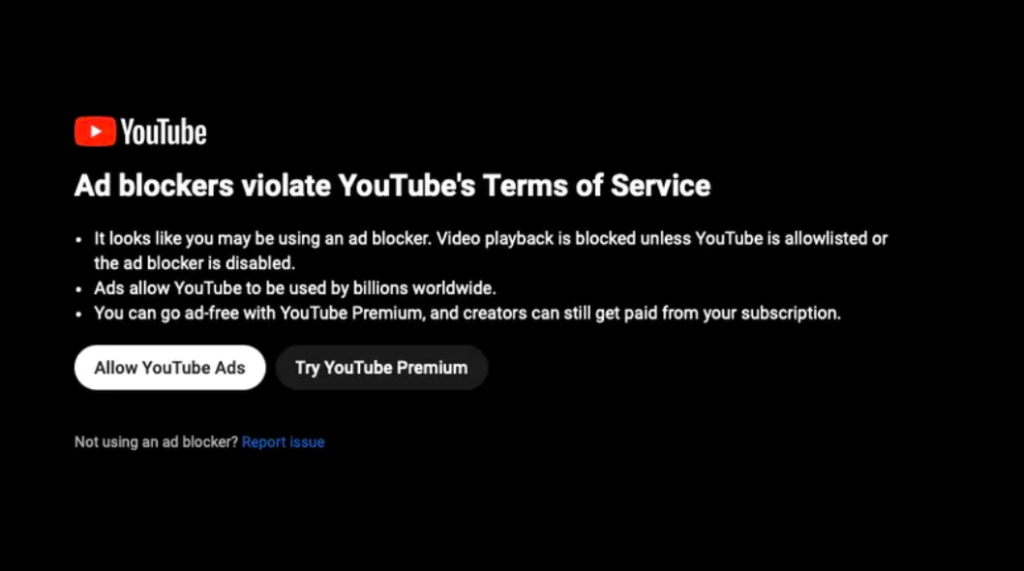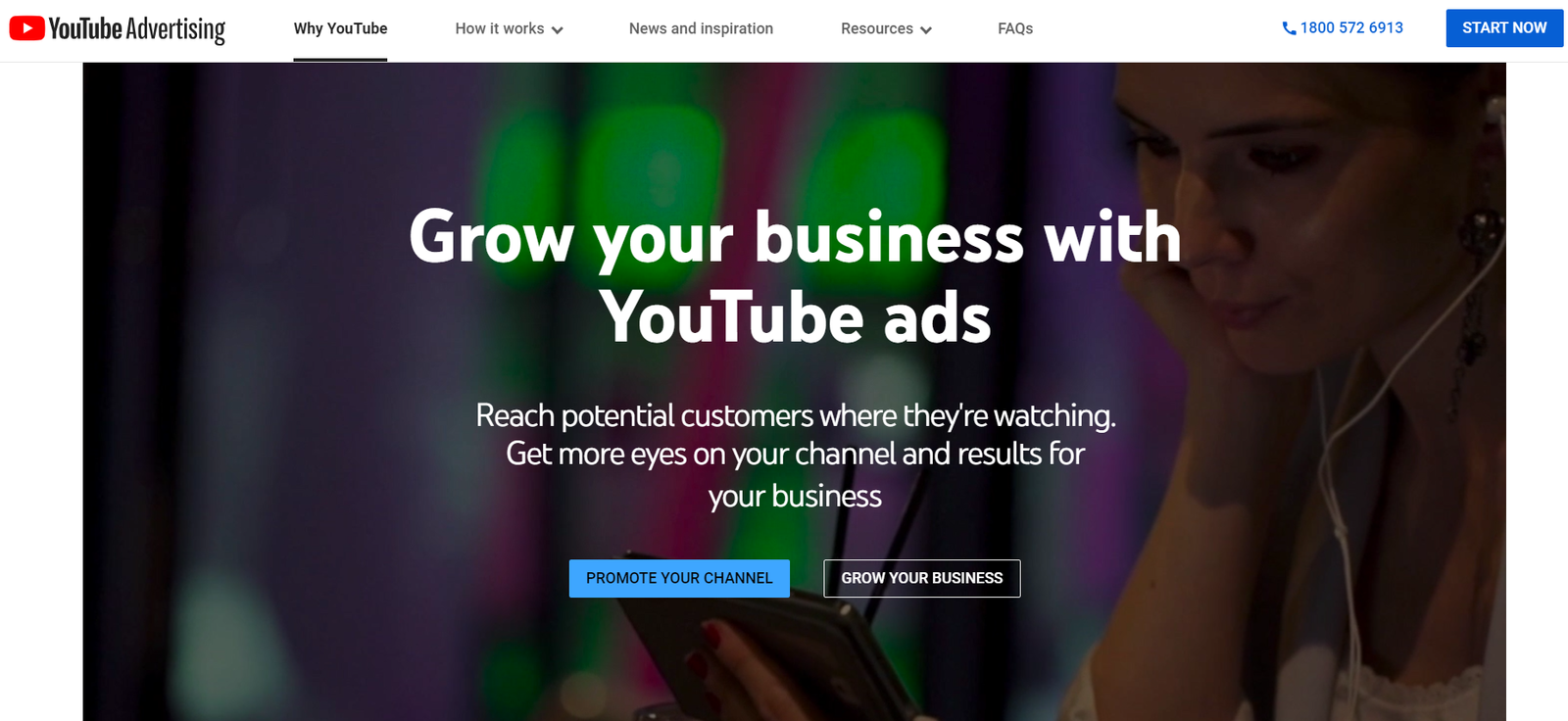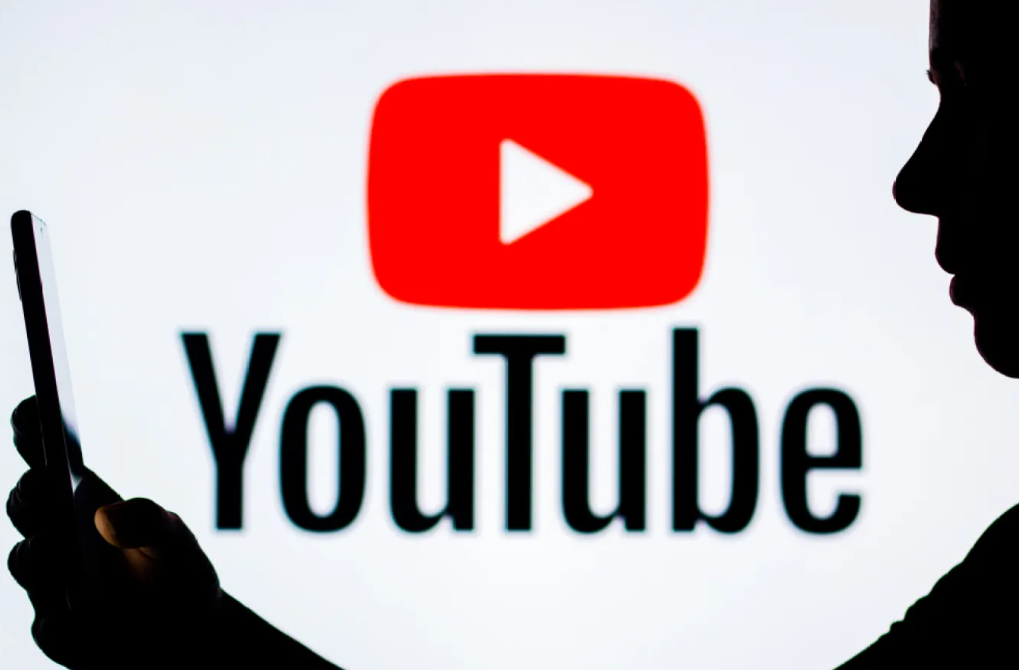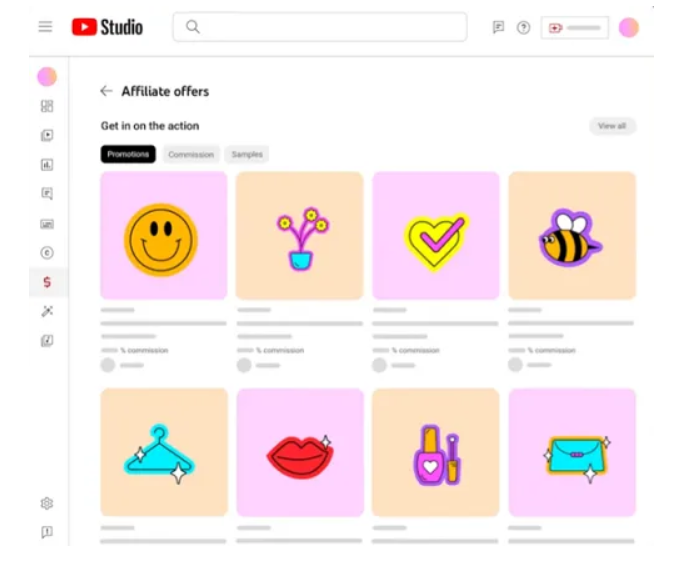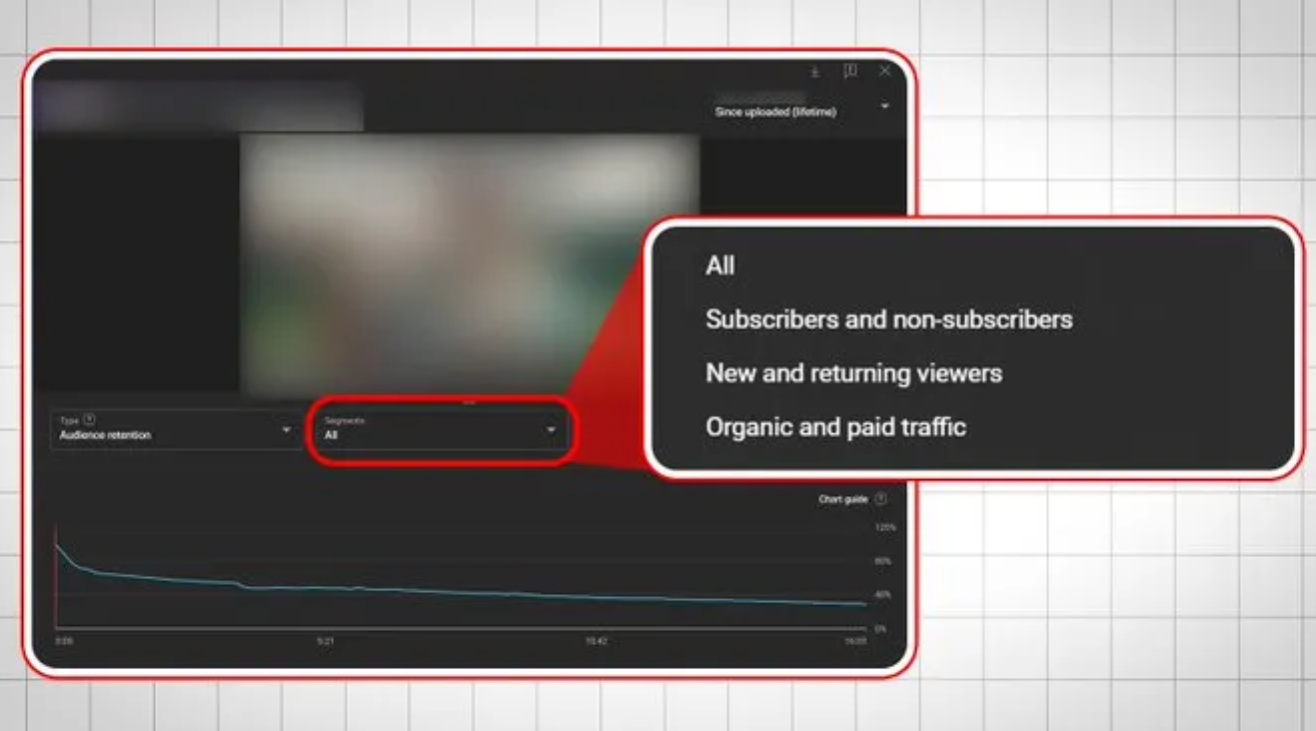In a rapidly evolving digital landscape, YouTube is taking proactive steps to strengthen its battle against ad blockers. The video-sharing giant is intensifying its efforts to ensure users either disable their ad-blocking tools or whitelist YouTube to access its content. While this move is aligned with YouTube’s strategy to maximize its revenue, it may be met with mixed reactions from users who have turned to ad-blockers in response to intrusive advertisements.
This initiative was initially introduced in limited testing in June and has gained prominence in recent times, with more users encountering pop-up notifications. According to Christopher Lawton, a representative of YouTube, ads play a pivotal role in supporting a diverse community of content creators and enabling billions to enjoy their favourite content on the platform. YouTube maintains that the use of ad-blockers goes against its terms of service, leading to a global effort to notify users when such tools are detected.
Ad-blocking tools have gained popularity as users seek to protect their privacy. This concern has prompted European regulators to introduce new data usage opt-out clauses within the Digital Services Act (DSA). Consequently, online platforms operating in Europe are now required to provide users with the option to prevent their data from being used for ad targeting.
In response to this regulatory challenge, many platforms are introducing paid ad-free options, similar to what Meta recently launched. These options allow platforms to continue serving ads, which constitute a substantial portion of their revenue, while a smaller segment of users may opt for paid programs. The primary objective is to comply with the new law, with the low adoption of paid options being a secondary concern.
YouTube, in keeping with this trend, offers a Premium option that is free from ads for a subscription fee, giving users an ad-free experience. This approach seems to be YouTube’s way of encouraging users to consider Premium instead of resorting to ad-blocking tools. By offering an ad-free alternative, YouTube aims to maximize its ad revenue by steering users toward Premium or allowing them to continue using the app with ads.
As this shift towards ad-free subscription options gains momentum, it is likely that other platforms will follow suit. Previously, ad-blockers were tolerated mainly because of privacy concerns. However, the emergence of ad-free alternatives weakens the justification for using ad-blocking tools. Furthermore, the availability of ad-free options reinforces the case for platforms to restrict access for users employing ad-blockers.
Ultimately, this trend may lead to most users accepting ads, enabling each platform to generate more income from ad exposure. According to a survey by Tinuiti conducted in March, 82% of U.S. consumers expressed their willingness to continue using online platforms for free with ads rather than paying for subscriptions.
Meta’s recent move, coupled with YouTube’s strategy, may set a precedent for other platforms, such as TikTok, LinkedIn, and more, to introduce ad-free subscription options in the coming months. The primary focus is not just on the product offering but on providing options that secure the primary ad business in all markets.
In conclusion, YouTube’s assertive stance against ad-blockers is part of a broader industry shift towards offering ad-free subscription alternatives. This approach is reshaping the digital landscape, with platforms aiming to maintain their ad revenue while giving users the choice to enjoy their favourite content without interruptions. As this trend continues to gain momentum, users can expect more platforms to implement similar access restrictions for ad-blocker users.
In a rapidly evolving digital landscape, YouTube is taking proactive steps to strengthen its battle against ad-blockers. The video-sharing giant is intensifying its efforts to ensure users either disable their ad-blocking tools or whitelist YouTube to access its content. While this move is aligned with YouTube’s strategy to maximize its revenue, it may be met with mixed reactions from users who have turned to ad-blockers in response to intrusive advertisements.
This initiative was initially introduced in limited testing in June and has gained prominence in recent times, with more users encountering pop-up notifications. According to Christopher Lawton, a representative of YouTube, ads play a pivotal role in supporting a diverse community of content creators and enabling billions to enjoy their favourite content on the platform. YouTube maintains that the use of ad-blockers goes against its terms of service, leading to a global effort to notify users when such tools are detected.
Ad-blocking tools have gained popularity as users seek to protect their privacy. This concern has prompted European regulators to introduce new data usage opt-out clauses within the Digital Services Act (DSA). Consequently, online platforms operating in Europe are now required to provide users with the option to prevent their data from being used for ad targeting.
In response to this regulatory challenge, many platforms are introducing paid ad-free options, similar to what Meta recently launched. These options allow platforms to continue serving ads, which constitute a substantial portion of their revenue, while a smaller segment of users may opt for paid programs. The primary objective is to comply with the new law, with the low adoption of paid options being a secondary concern.
YouTube, in keeping with this trend, offers a Premium option that is free from ads for a subscription fee, giving users an ad-free experience. This approach seems to be YouTube’s way of encouraging users to consider Premium instead of resorting to ad-blocking tools. By offering an ad-free alternative, YouTube aims to maximize its ad revenue by steering users toward Premium or allowing them to continue using the app with ads.
As this shift towards ad-free subscription options gains momentum, it is likely that other platforms will follow suit. Previously, ad-blockers were tolerated mainly because of privacy concerns. However, the emergence of ad-free alternatives weakens the justification for using ad-blocking tools. Furthermore, the availability of ad-free options reinforces the case for platforms to restrict access for users employing ad-blockers.
Ultimately, this trend may lead to most users accepting ads, enabling each platform to generate more income from ad exposure. According to a survey by Tinuiti conducted in March, 82% of U.S. consumers expressed their willingness to continue using online platforms for free with ads rather than paying for subscriptions.
Meta’s recent move, coupled with YouTube’s strategy, may set a precedent for other platforms, such as TikTok, LinkedIn, and more, to introduce ad-free subscription options in the coming months. The primary focus is not just on the product offering but on providing options that secure the primary ad business in all markets.

